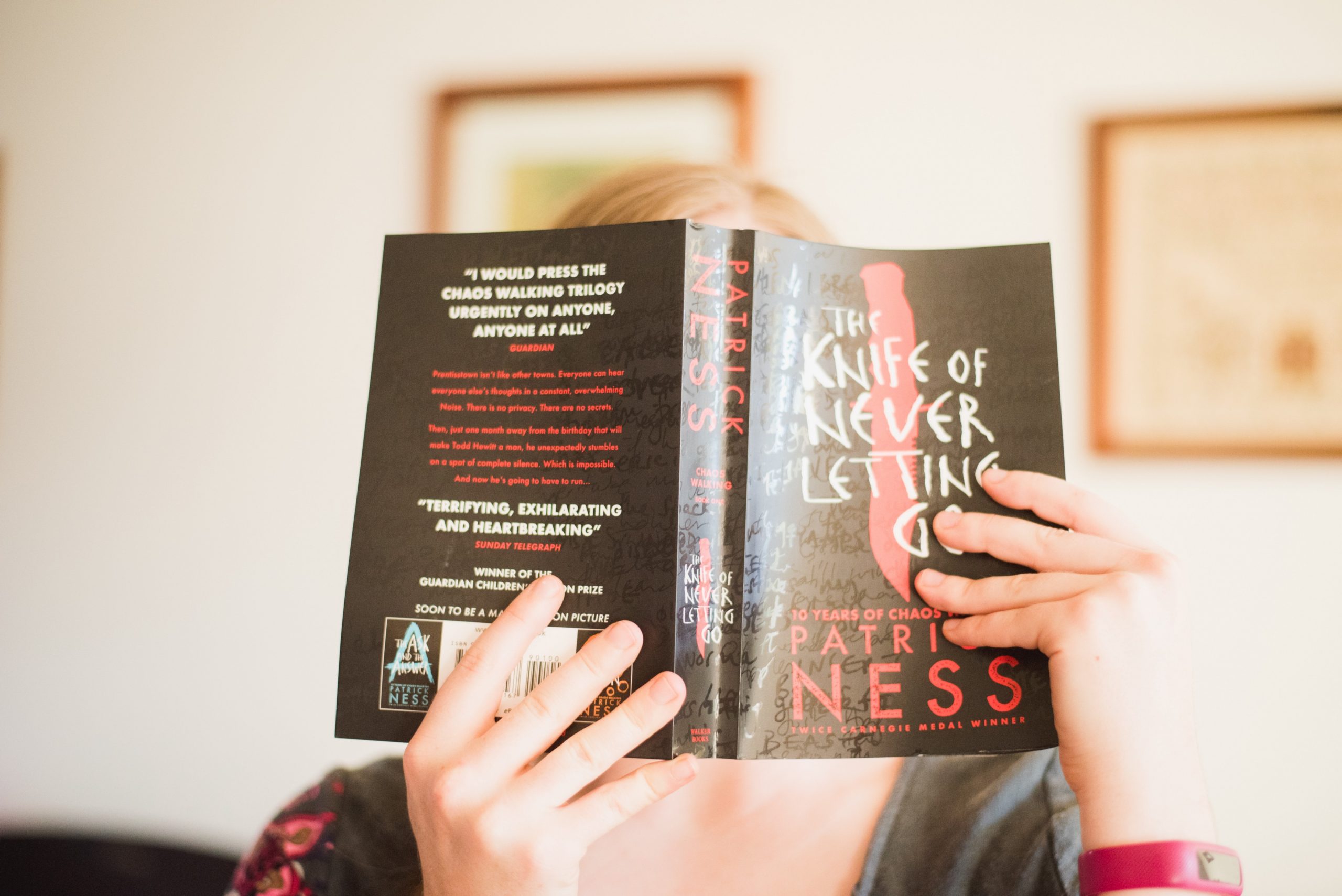Good news: if the scenes work, so do the beats.
 Photo by Sophie Elvis on Unsplash
Photo by Sophie Elvis on Unsplash
Yesterday afternoon during a co-working call with Ninja Writers, we started talking about ?story beats.? And I had to admit that I didn?t really understand them.
That?s embarassing. I mean, isn?t that one of those things that someone teaching fiction writing should know inside and out?
I associate story beats with the super fast paced publishing that some indie writers who put out a book a month (or more!) do. So, I guess I?ve just never taken the time to learn, since I don?t fall into either camp.
After doing some research today, though, I realize that I do, in fact, use story beats in my writing. I just don?t use the term. And that made me feel a lot better.
Here?s a definition from Story Grid:
So what is a beat?
A beat is an identifiable moment of change. And like all units of Story, the writer must have the raw materials to create a stable beat. There is an inciting incident, a complication, a crisis, a climax and a resolution inside each and every beat.
So beats are the stuff that scenes are made up of. The atoms of a story. And part of the reason why I?ve never paid too much attention to them is because as long as the scenes work, the beats do, too.
Also from that Story Grid article:
Dwelling on the beat in the first drafts of your novel is a mistake. You will most certainly lose the forest for the trees if you obsess about each and every beat. If a scene works, then by association so do the beats that make up the scene. If the scene doesn?t work, then having wonderful beats within it will not save it. I recommend that tinkering with beats be best left to the final finish work just prior to publication or production.
One of the reasons why I associate the term story beats with indie publishing is because it?s talked about so often by people who teach other people how to write in that style.
What I mean by ?that style? is fast and to market.
Writing to market means figuring out what a particular audience wants and writing that. And by fast, I mean that they often write more than one book a month. In order to facilitate that pace, stories are often broken down to ?beats.?
Sean Platt breaks down a novel into beats in this post. He writes much faster than I do. I consider myself prolific if I finish two books in the same year. He writes ten or more (sometimes many more) in the same amount of time.
Breaking a book down into a formula of beats that he can fill in helps him to write that fast. Since I?m not interested in writing that fast, I don?t seek out that kind of formula for my stories.
What works for me is to come up with five key plot points (or story beats) that are like tent poles that hold my story up.
A beat is the smallest element of a story.
It?s the stuff that makes up a scene. They are what your book is about. Think about it this way: if you were telling someone about a story in a linear way you might say this happened and then this happened and then this happened.
All of those ?this happeneds? are beats.
I just got home from a ten day trip to Mexico with my daughters, my dad, my sister and my brother. We went to a cathedral where we saw the 300-year-old mummified body of a child saint and then I got sick in Tlaquepaque and then we went to a baseball game and then we went to a museum that?s housed in a building that was an orphanage in the 1700s.
Those are beats to my vacation story. Each one has it?s own inciting incident, complication, crisis, climax, and resolution. Here?s an example: We visited a cathedral where we saw the 300-year-old mummified body of a child saint.
Inciting incident: My sister is very religious. Visiting cathedrals was important to her on this trip. It probably wouldn?t have been high on my list, but I went along because I knew it was important to her. The building was spectacular and I was interested in it from an artistic point-of-view anyway.
Crisis: I felt weird once we were inside, because there were so many people who were so obviously worshippers. This wasn?t a tourist attraction.
Climax: There was a glass coffin holding the body of what looked like a doll. It was surrounded by people who were obviously treating it with reverence ? praying, putting their hands on the glass. When I was able to get closer, I realized that the ?doll? was actually a mummy, preserved in wax.
Resolution: I had a moment of peace, standing there, where I felt connected to the other people around me and for a moment I didn?t feel like a tourist. I felt something else, something that prompted me to thank the mummified little girl and note her name so I could learn more about her later.
If I was writing a book about our trip to Mexico, our trip to the city center where the cathedral was would be a scene. It would include the beat about me seeing the child saint, but also eating at the little restaurant that became our place while we were in Mexico, helping my dad choose a cross to add to his collection, watching the massive nativity scene being set up, and a few other beats.
Here?s my secret weapon for sticking with whatever your thing is.
Shaunta Grimes is a writer and teacher. She is an out-of-place Nevadan living in Northwestern PA with her husband, three superstar kids, two dementia patients, a good friend, Alfred the cat, and a yellow rescue dog named Maybelline Scout. She?s on Twitter and Instagram and is the author of Viral Nation and Rebel Nation, and The Astonishing Maybe. She is the original Ninja Writer.


